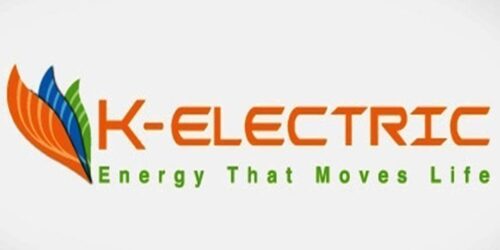K-Electric’s recent submission of its financial results to the PSX reported a profit of PKR 11.9 billion, a significant improvement from the loss of PKR 2.9 billion reported in the previous fiscal year. In itself, the number will have us believe that the company’s financial position is remarkable, but a comparison with other private sector entities shows that this is a misleading conclusion.
KE reported Return on Equity (RoE) of -1.4 percent and five percent for FY 20 and FY 21 (based on nine months) respectively, which are significantly lower than other private power sector entities. The Hub Power Company Limited (Hubco) results show RoE of 31 percent and 26 percent for FY 20 and nine months FY 21 respectively. Similarly, Engro Powergen’s RoE for FY 20 was 13 percent (FY 21 results not yet announced). Historically as well, KE’s RoE has been significantly lower than the other private power sector entities. Engro Powergen, Nishat Power, Hub Power, Kapco and Nishat Chunian all reported ROEs of 20 percent or more in each FY 17, 18 and 19 whereas KE’s ROE for these years were in the range of 3 percent to 6.3 percent. As a result, other private power sector entities have been giving dividends to its shareholders while KE has not been able to give any dividend since privatization.
KE’s declaration of profitability came despite the company having to borrow over PKR 100 billion in order to finance its working capital requirements in the absence of release of tariff differential claims from the Government of Pakistan. Lenders issue this payment against fixed terms and conditions and under strict financial covenants which must be honoured. While KE is declaring a profit on paper, all of these funds may eventually have to be directed towards repaying the loans taken to finance infrastructure investment such as the Bin Qasim Power Station-III (BQPS-III) complex, several interconnections and other infrastructure investments in absence of non-recoverability of circular debt.
Circular debt is also a major obstacle in the release of tariff differential claims to Distribution Companies across the country which is impacting their growth and ability to serve customers. While the federal government has tried to stem the growth in debt, the total amount still stands over PKR 2 trillion which is having a cascading impact on the sustainability of the power sector. State-owned Distribution companies are also bleeding money and contributing towards growing losses – which will only grow if timely interventions are not undertaken. It’s worth wondering how long companies will be able to sustain themselves as a whole if this problem remains unaddressed.
KE being the only private entity operating in Transmission and Distribution (T&D) sector, which is a riskier business than other private generation IPPs, it is unlikely that the utility will be able to achieve results like their generation counterparts, which serves as a dampener for prospective investors in the T&D sector. Historically favourable policies for Independent Power Producers created an enabling environment that allowed these companies to reap handsome returns on their existing infrastructure, but similar interventions have not been introduced to allow the T&D operations in the power sector to grow at a similar pace. Inadequate returns on investments put the brakes on efforts towards sustained improvements, creating a vicious cycle where companies continue to borrow more funds from external lenders just to keep pace with the demands on their system.
It is, therefore, necessary that all stakeholders and regulators should holistically review policies and decision making to make T&D sector more investment friendly, so it can contribute to solving the circular debt problem of Pakistan.







